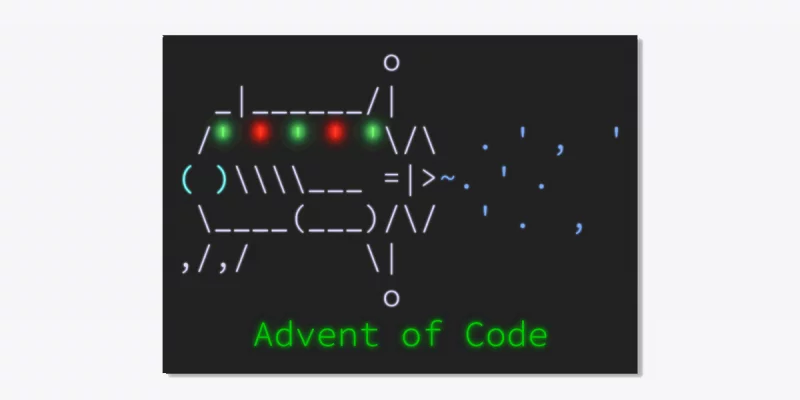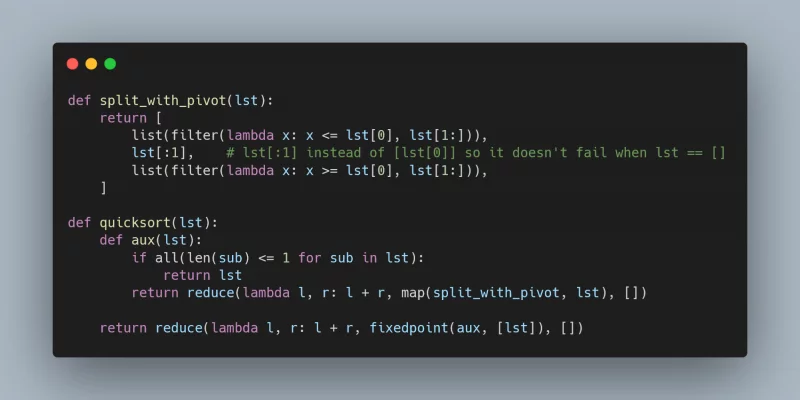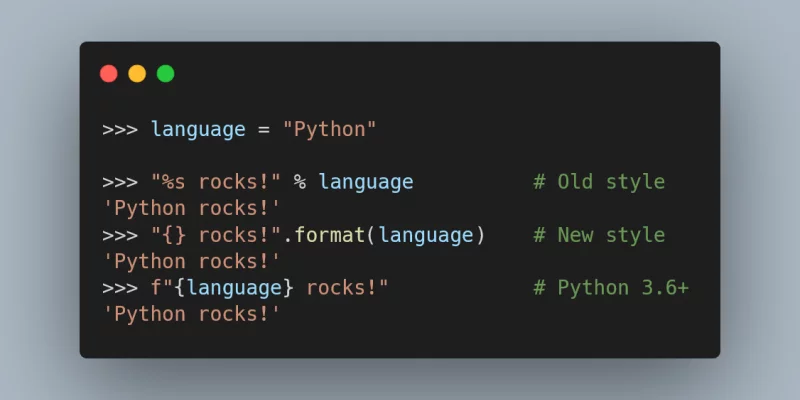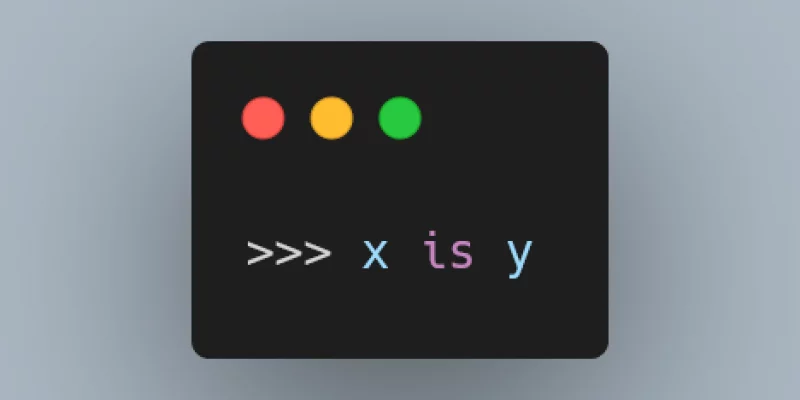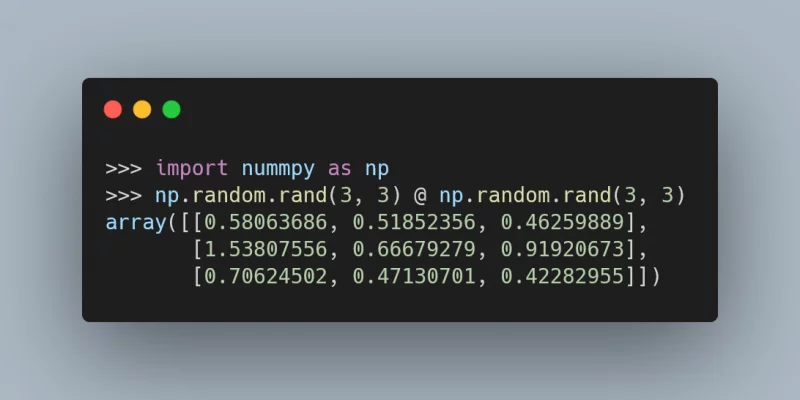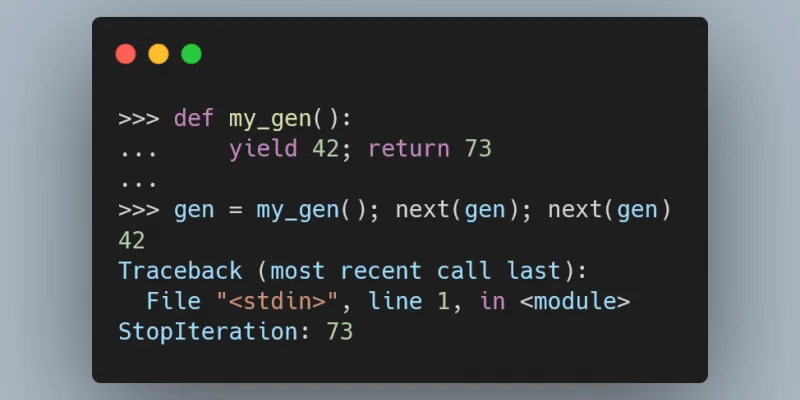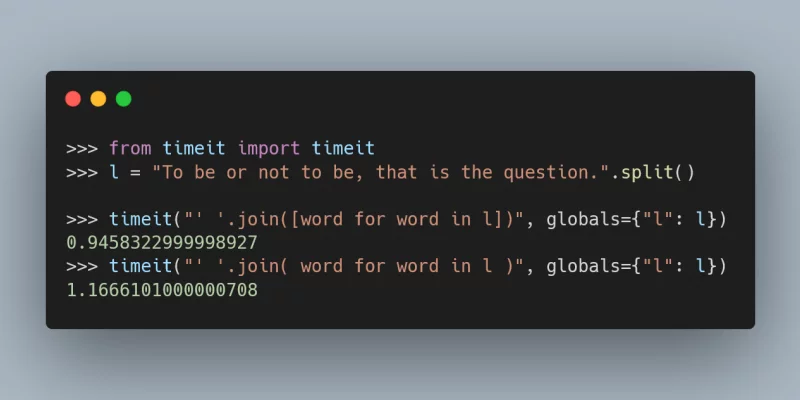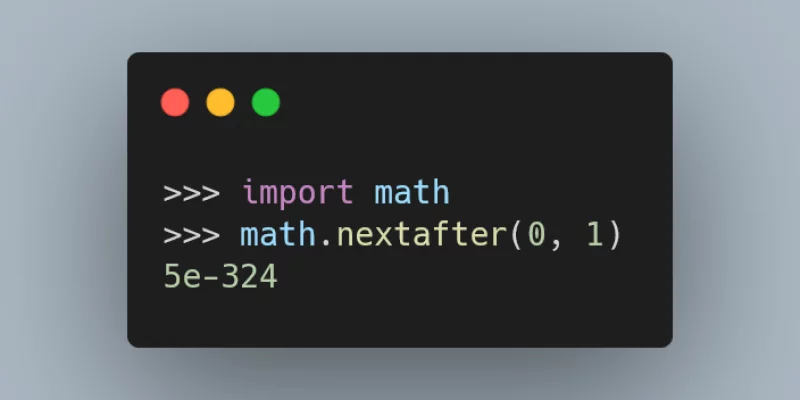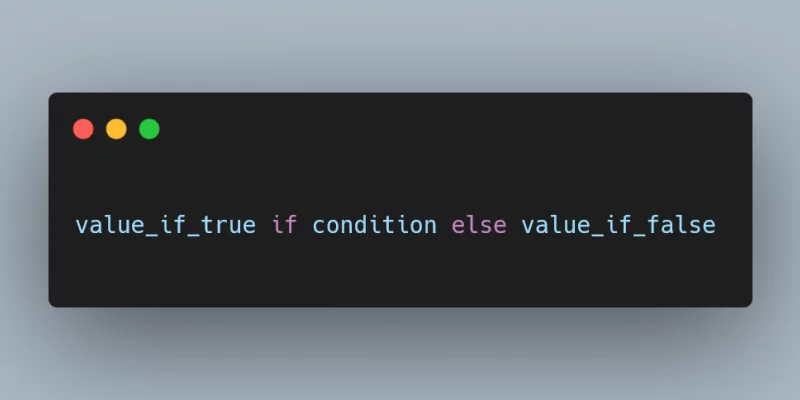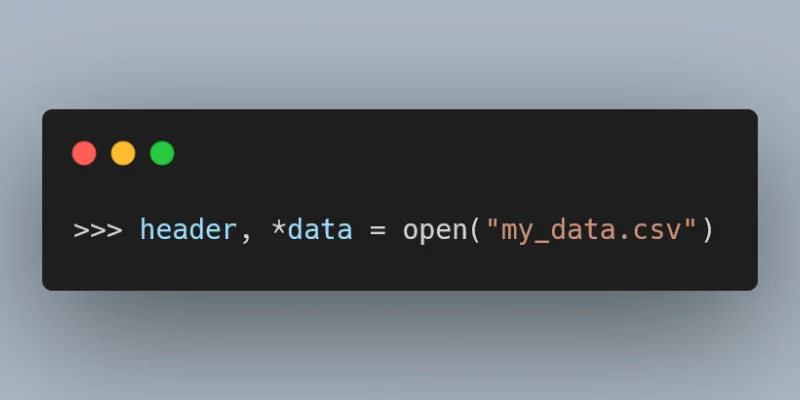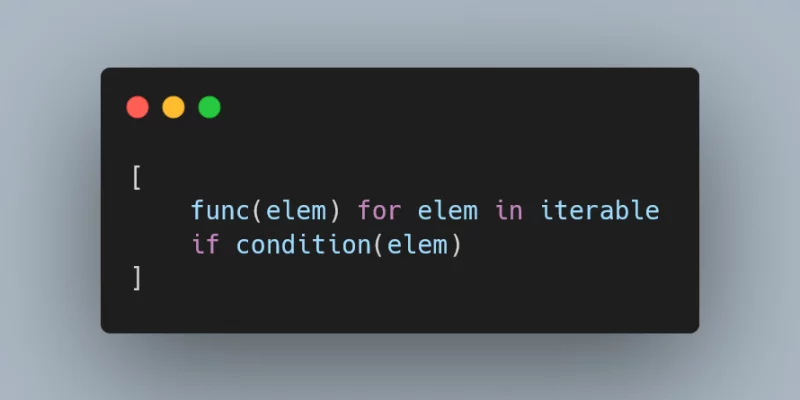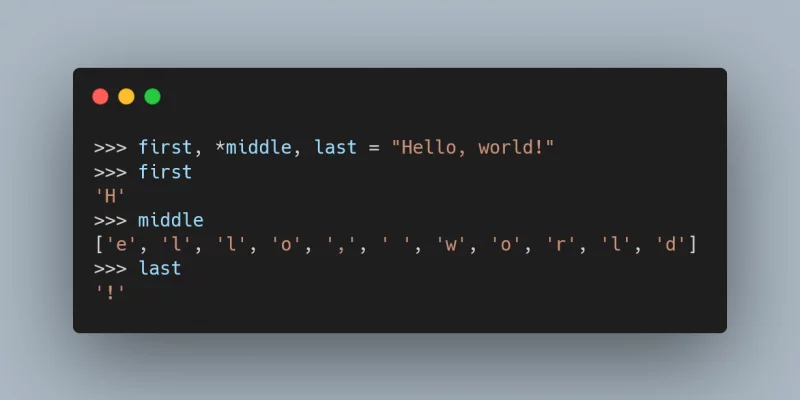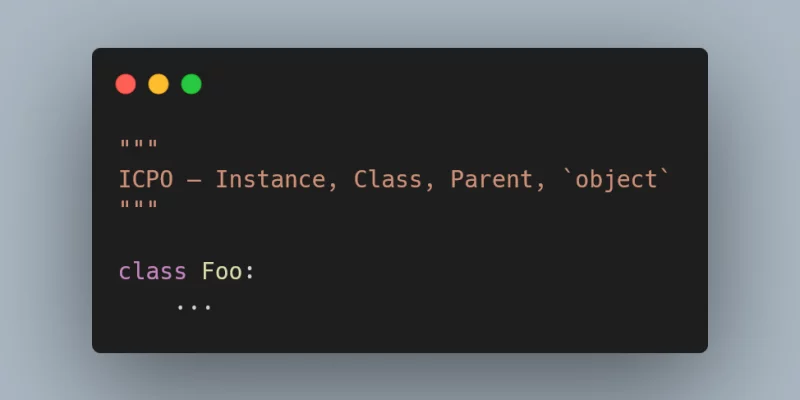This article is an in-depth analysis of Python solutions to the “Sonar Sweep” problem, which is day 1 of Advent of Code 2021.
Today I learned about the symmetry in indexing from the beginning and end of a list with the bitwise invert operator.
Today I learned how to write the Quicksort algorithm in a weird functional style.
This article will teach you about the minimax algorithm and alpha-beta pruning, from a beginner's perspective.
This article compares the three main string formatting methods in Python and suggests which methods to use in each situation.
Today I learned you can use pathlib to read the contents of a file.
When you call a function in Python and give it some arguments... Are they passed by value? No! By reference? No! They're passed by assignment.
Today I learned how the rich comparison protocol and, in particular, how eq works behind the scenes.
Today I learned that Python 3.5+ supports the operator @ for matrix multiplication.
Today I learned that you can use emojis as variable names in Python if you use pythonji.
Today I learned that the .join method in Python is a two-pass algorithm, and that's why joining a list comprehension is faster than a generator expression.
This Pydon't will teach you how to use Python's conditional expressions.
This Pydon't will teach you the basics of list comprehensions in Python.
Today I learned about an algorithm that Python uses to sort out inheritance.
Today I learned about the ICPO rule for attribute lookup in Python.
